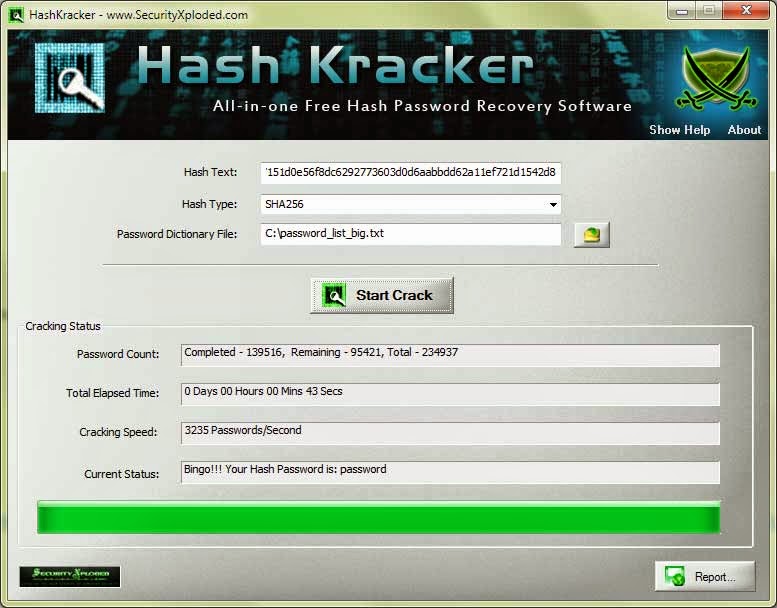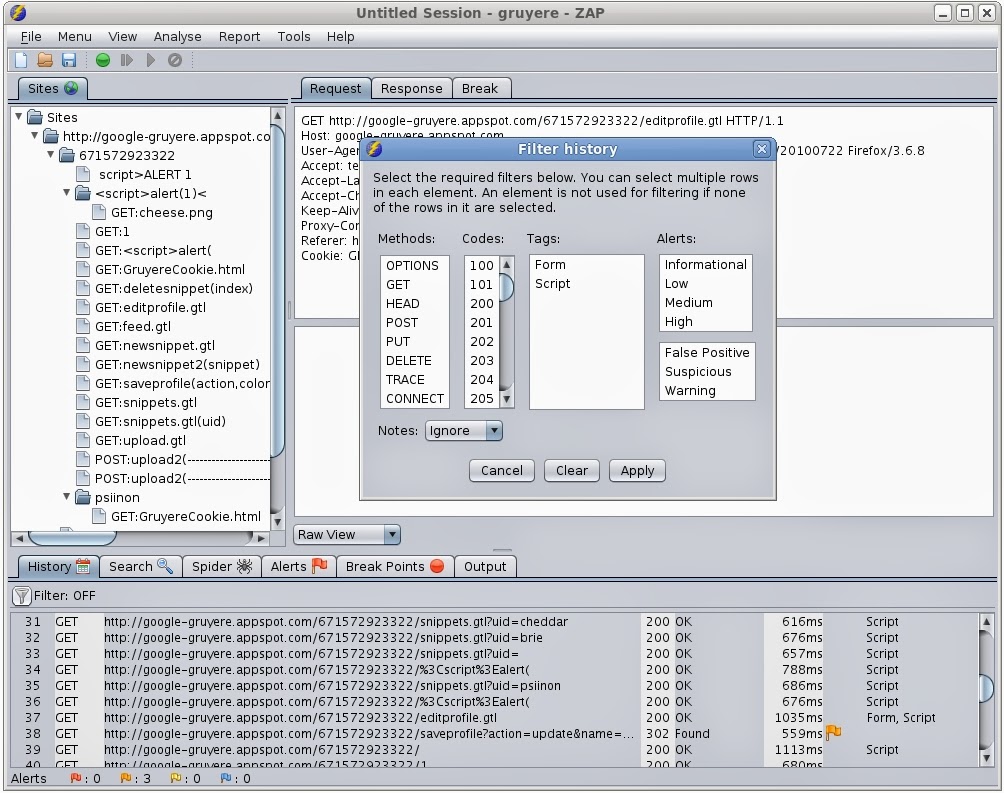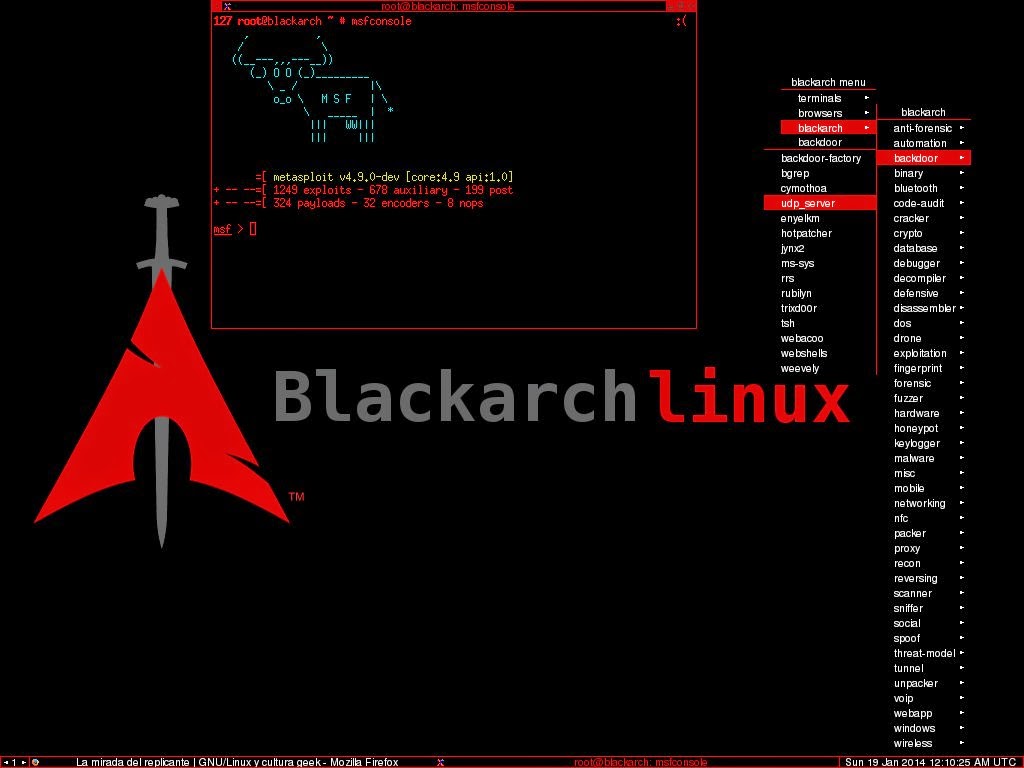This little ruby script tries to extract all IP/Host patterns in page response of a given URL and JavaScript/CSS files of that URL.
With it, you can quickly identify internal IPs/Hostnames, development IPs/ports, cdn, load balancers, additional attack entries related to your target that are revealed in inline js, css, html comment areas and js/css files.
This is unlike web crawler which looks for new links only in anchor tags (<a) or the like.
(you might miss many additional targets if you ever use such web crawler or other GUI-based tools that shows you your main target and its relationship with its linked sub/off-site domains)
In some cases, host-extract may give you false positives when there are some words like - main-site_ver_10.2.1.3.swf.
With -v option, you can ask the tool to output html view-source snippets for each IP/Domain extracted. This will shorten your manual analysis time.
ruby host-extract.rb URL [option]
Usage: host-extract [options]
-a find all ip/host patterns
-j scan all js files
-c scan all css files
-v append view-source html snippet for manual verification
![]()


















